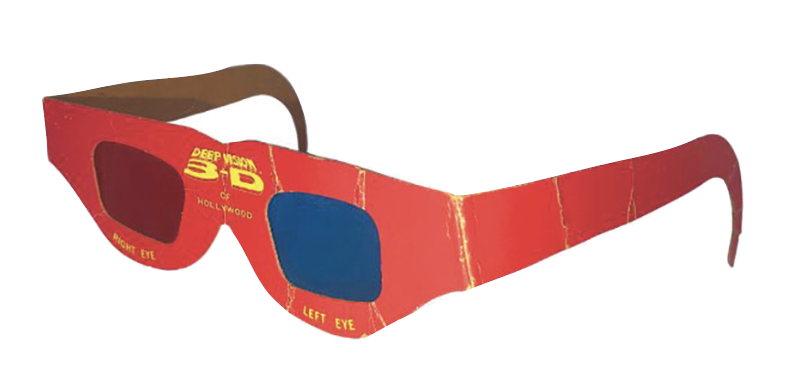Dorri Partain
Northeast News
For centuries, books, documents, and letters were written with a simple quill pen that was dipped into ink. The first advancement by John Mitchell in 1822 was to create a steel point that was attached to the quill, so that the quill didn’t need to constantly be sharpened to a point. By 1827, Petrache Poenaro developed the first pen that would hold ink in a reservoir inside the pen. While he patented the design, it was never perfected and the many flaws prevented the pen from gaining popularity, Lewis E. Waterman was the next designer to tackle the project and in 1884 patented a three-channel ink-fed “fountain” pen that would keep the ink flowing like a fountain. Following that initial development, other manufacturers produced improved designs regarding the mechanisms for refilling the pen. In 1909, jewelry store owner Walter Sheaffer developed a lever system to easily refill the ink chamber, making the process cleaner and the pen more stylish. By 1912, Sheaffer had turned his Fort Madison, Iowa store into a pen factory with seven employees.
While pen manufacturers continued to make advancements with ink flow, styles of pen barrels became more elaborate, crafted from wood, metals, celluloid, and Bakelite, an early form of plastic.
The time-consuming process of refilling the fountain pen was simplified with the development of a plastic cartridge that held the ink and could simply be inserted into the barrel, thus leading to a new design as the cartridges only worked with newer models. By 1959, all new models used the ink cartridge.
While the ballpoint pen had been patented in 1888, it took further developments for its usage to finally overtake the popularity of the fountain pen. By the late 1960’s when BIC developed the disposable stick pen, the fountain pen was finally seen as an outdated mode to produce written documents.



















